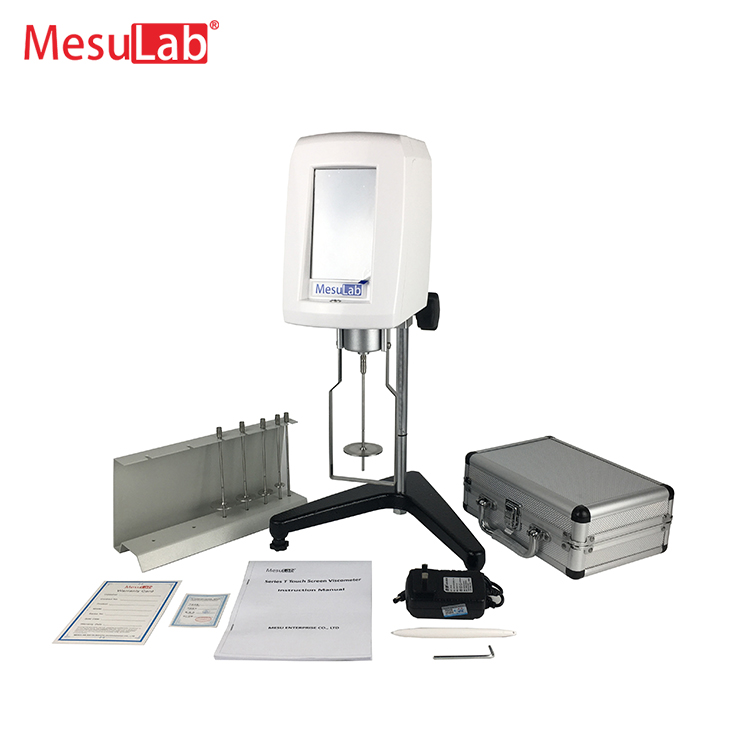Comprehensive guide to viscometers
Viscometer is an instrument for measuring liquid viscosity, which is widely used in chemical industry, food, medicine and other fields. The following is a comprehensive guide to viscometer to help you understand and use this instrument.
1. Understanding viscosity:
Viscosity is a physical property that describes the internal friction resistance of liquid. It reflects the resistance of liquid flow and is usually divided into two types: dynamic viscosity and kinematic viscosity. Before use, it is very important to know the viscosity range of liquid and the viscosity type to be measured.
2. Choose the appropriate instrument:
According to the range and type of viscosity to be measured, choose the appropriate viscometer. There are mainly rotary, sleeve and drum types to choose from. Ensure that the selected instrument has the required accuracy and sensitivity.
3. Calibrate the instrument:
Be sure to calibrate before use. Calibration can be performed by using standard substances or reference samples. Calibration can ensure the accuracy of measurement results and should be carried out regularly to maintain the accuracy of the instrument.
4. Prepare samples:
Before measurement, prepare the sample to be measured. Ensure that the sample is clean enough and eliminate any impurities that may affect the measurement results. According to requirements, samples can be diluted or heated if necessary.
5. Operating instruments:
Follow the instructions for use. It usually includes placing the sample in the measuring room, setting the appropriate temperature and speed, and starting the measurement. Ensure that the instrument runs smoothly and record the required measurement time and data.
6. Data analysis:
Analyze according to the measured data. The results can be compared with previous measurement data to evaluate the change or trend of the sample. Relative viscosity, viscosity index and other related parameters can be calculated as required.
7. Cleaning and maintenance:
Be sure to clean and maintain the viscometer after using it. Clean the measuring chamber and sensor according to the instructions, and ensure that the instrument is in proper storage conditions. Check the performance of the instrument regularly and maintain it to ensure its long-term accuracy and reliability.
Please note that this is only a basic comprehensive guide for viscometers. Different types of instruments may have specific operation requirements and precautions, please always refer to the user manual and instruction manual of the instrument you use.

